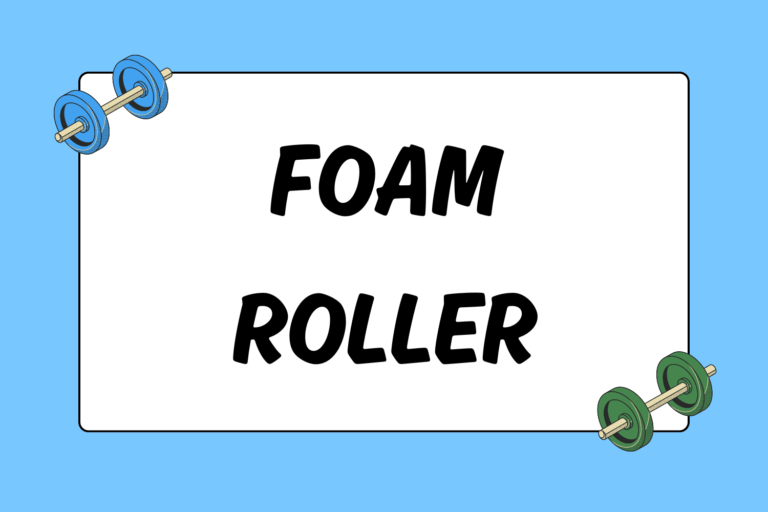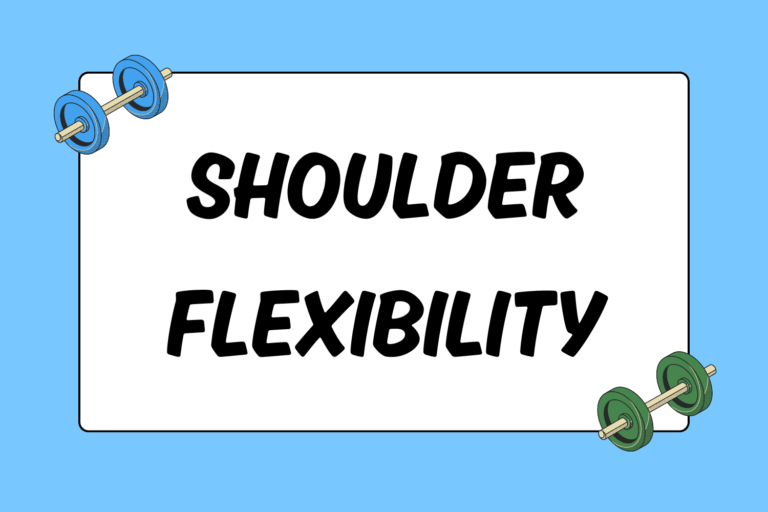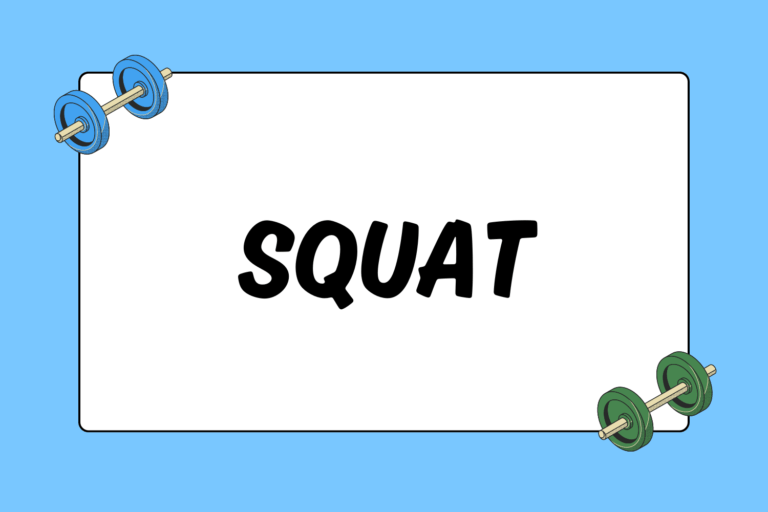Despite its morbid title, the deadlift is one of the most functional and beneficial movements in fitness for developing total body strength. The name likely originates from trainees not performing the movement properly, thus leading to injury. It is one of the most important movements to incorporate into a well-balanced strength training program and, with a little knowledge and practice, can be a safe and effective addition to any routine.
Targeted Muscles
The deadlift primarily targets the hamstrings, glutes, and back musculature; however, it’s also a fantastic exercise for developing a powerful core. Exercises like the barbell deadlift and the barbell squat are two of the best core exercises since they require heavy abdominal bracing to support the trunk and spine during the lift. Core strength and stability are vital for maintaining the health of the spine and to protect the body from injury.
Sport-related Benefits
Including deadlifts in your workout routine pays huge dividends when you cross over to other sports. Here are some of exercise’s major benefits:
- Sprinting: The deadlift strengthens the hamstrings and glutes, which are essential muscles when sprinting with powerful strides.
- Jumping: Similar to sprinting, jumping requires strong hamstrings, glutes, and back musculature to propel the body upwards.
- Core strength and stability: By learning to use the body in a coordinated effort, the deadlift teaches athletes how to powerfully and effectively brace their trunk, which creates a stable base for movements like throwing, sprinting, jumping, changing direction, tackling, and more.
Amazingly True Story
Some iron-game folklorists state that the deadlift used to be called the “health lift” because of its benefits for the back, hips, and legs. This added strength was paramount for keeping the body fit and healthy for daily activities such as lifting or carrying objects at work or in the home.
Ready for Action
Now that you have a better understanding of the deadlift’s benefits, it’s time to grab the bar and put theory into action:
Step 1: The Setup
Start with the feet hip-width apart and the bar just over the base of the toes (approximately 3-4 inches from the shins to the bar). Grasp the bar just outside the legs. Keep the spine in a neutral position, no rounding in the lower back, with the head and neck in a straight line. A good visualization for proper body position is to imagine a broomstick on your back with the back of your head, shoulder blades, and tailbone all in contact with the broomstick.
Step 2: The Start
Initiate the lift by taking a deep breath, bracing your core musculature as if someone were about to punch you in the stomach. Keep the spine at a 45-degree angle and imagine pushing the floor away as opposed to lifting the bar upwards (if you have high blood pressure, avoid holding your breath and doing the valsalva maneuver when deadlifting). Keep the hips back, chest up, and weight back in the heels as you squeeze the bar off of the floor.
Step 3: The Finish
When the bar gets above the knees, push the hips forward and stand up tall by pushing your head up towards the ceiling. Exhale, and then take another deep breath. Brace the core, and, in a controlled manner, reverse the movement back to the starting position.
Form is Key
Since the deadlift requires total body coordination, it’s important to start slow and emphasize proper form first. You’re using too much weight if your back starts to round during the lift. Practicing impeccable form first equates to less injury and increased performance down the line.





